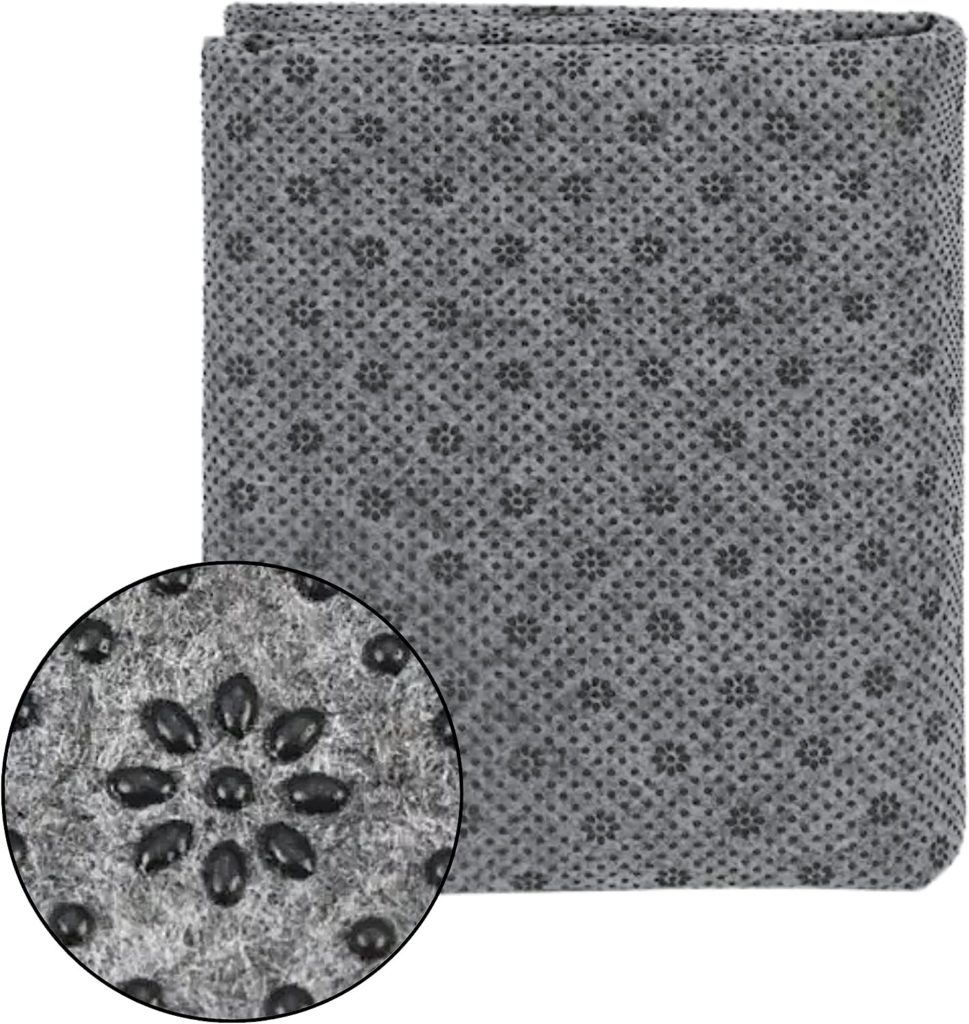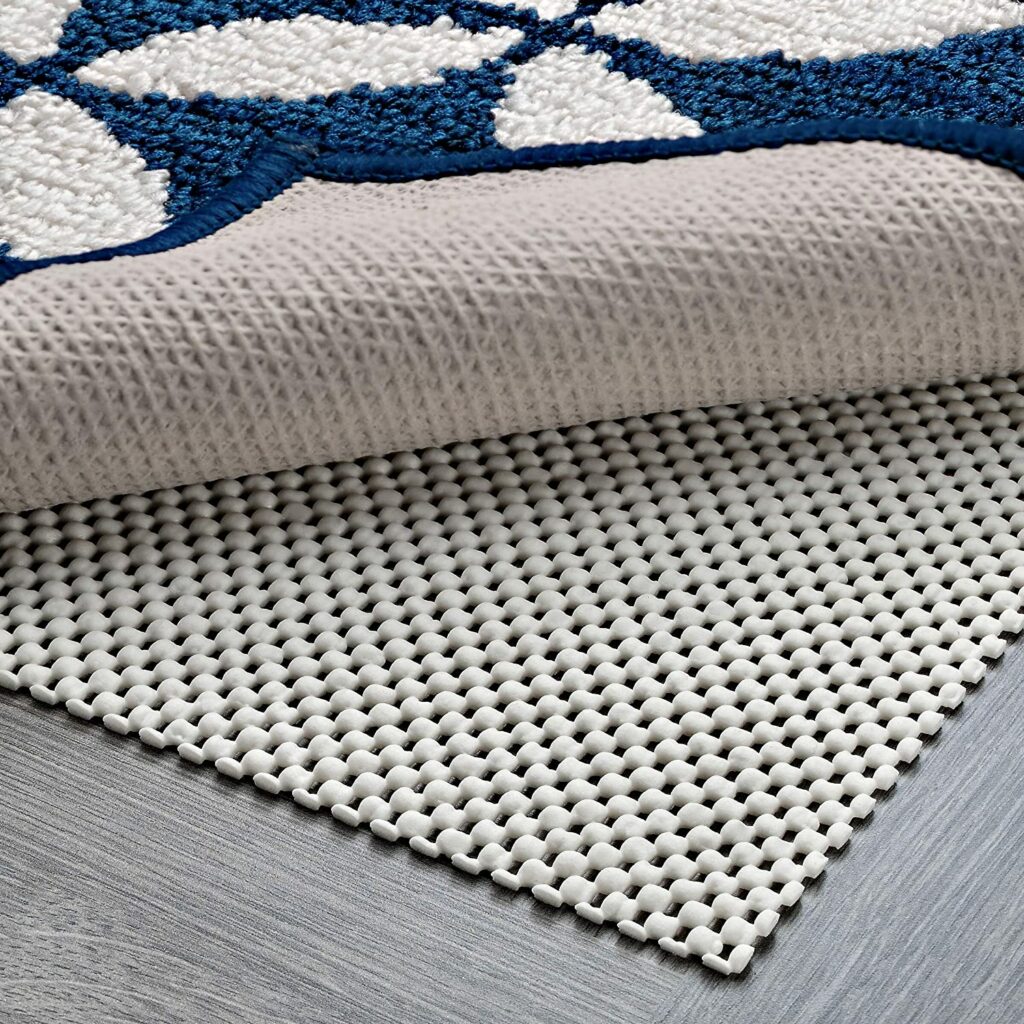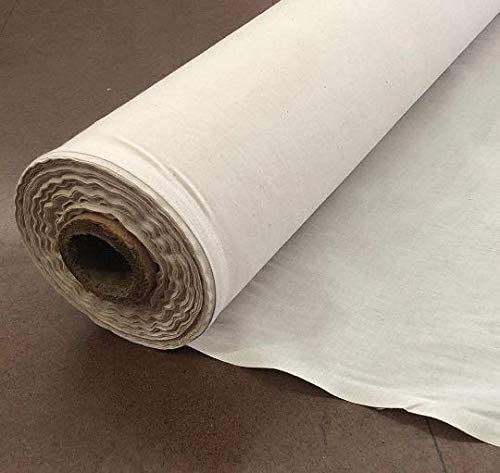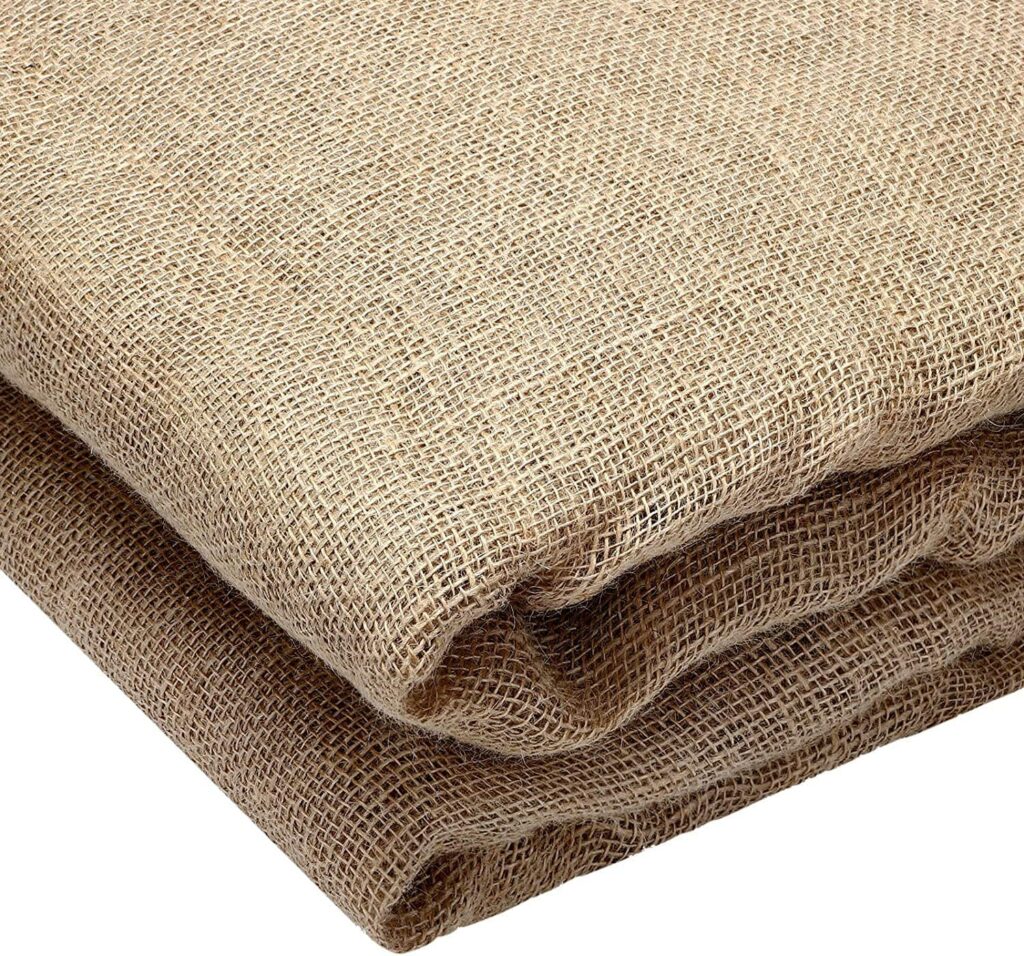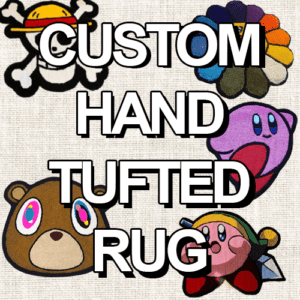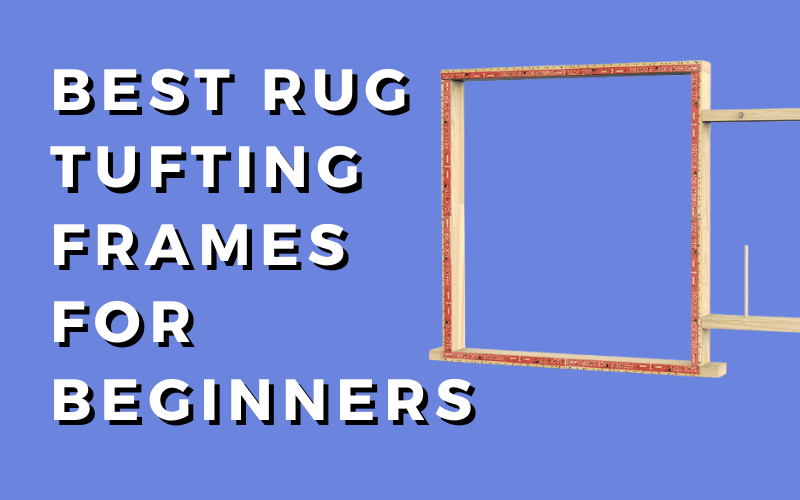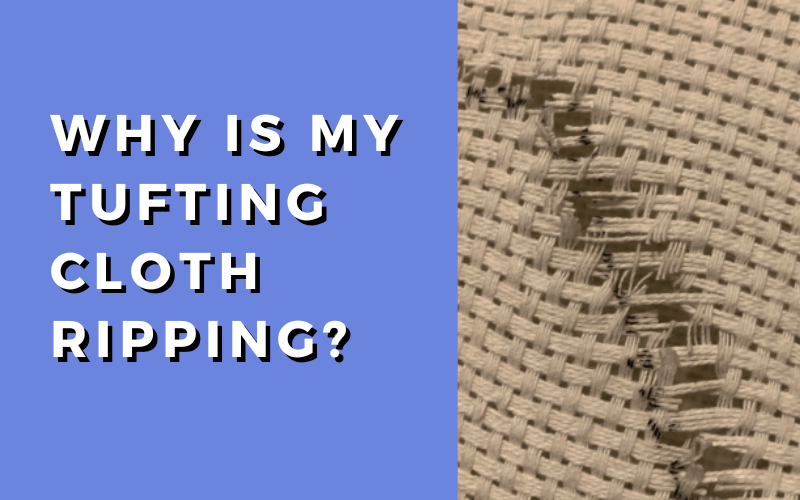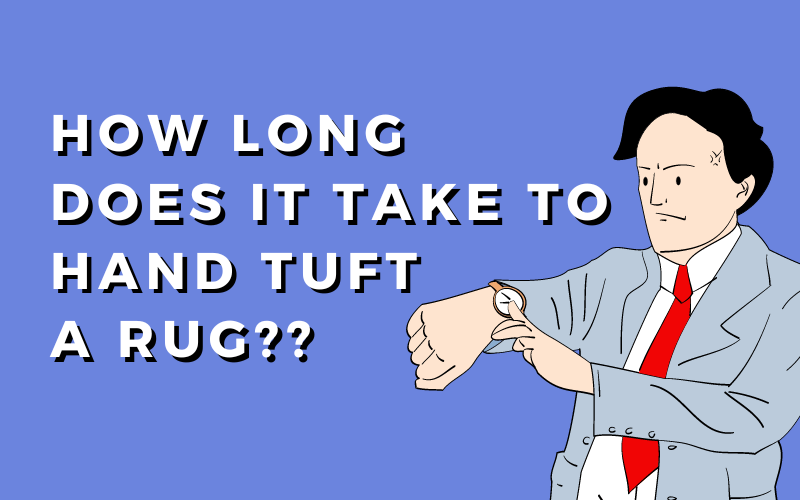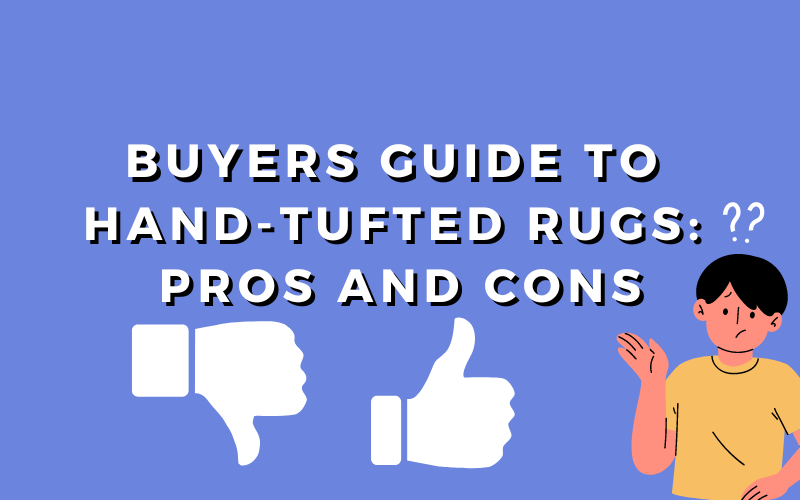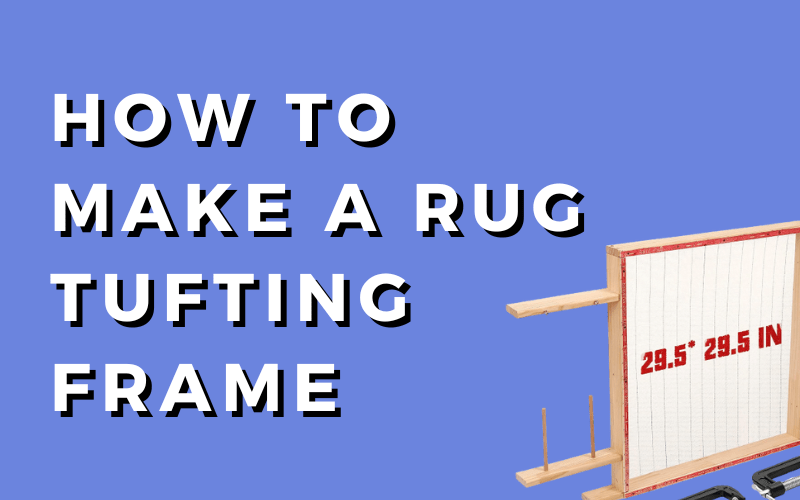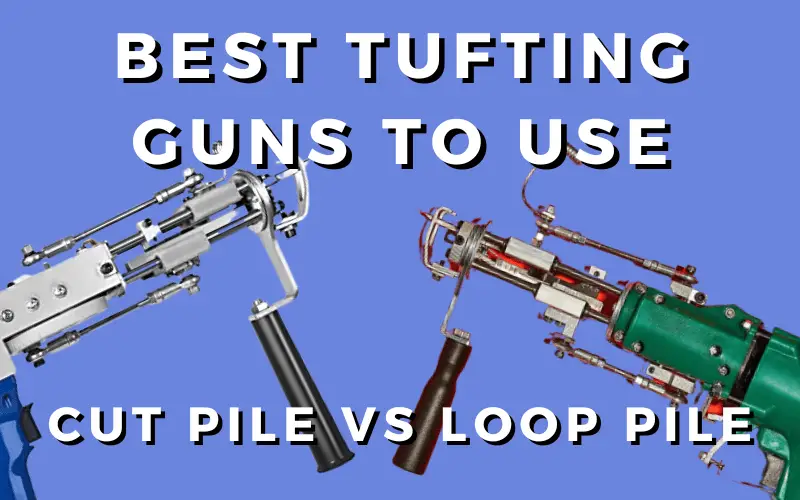
The Pros and Cons of Different Rug Backing Materials
Home / The Pros and Cons of Different Rug Backing Materials
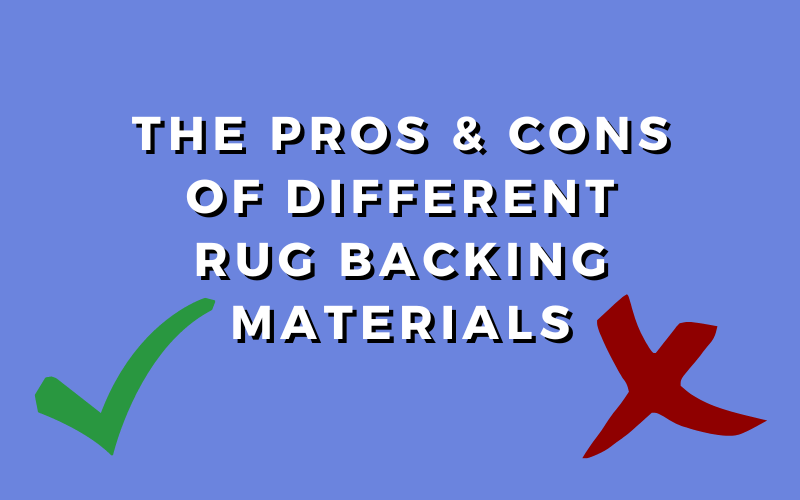
Share This Post
The Essential Guide to Choosing the Right Rug Backing Material for Rug Tufting
When it comes to rug tufting, one often overlooked yet crucial aspect is the choice of rug backing material.
The backing material serves as the foundation for the rug, providing stability, grip, and overall durability.
Understanding the different types of rug backing materials available is essential in ensuring that your tufted rug not only looks visually appealing but also stands the test of time.
In this comprehensive guide, we will explore the various options for rug backing materials, their pros and cons, and why choosing the right one is of utmost importance.
So, whether you’re a DIY enthusiast or a professional rug tufter, join us as we delve into the world of rug backing materials and discover the key factors to consider in making an informed decision.
Exploring the Advantages and Disadvantages of Non-Slip Backing for Rug Tufting
Non-slip backing is a popular choice for rug tufting, especially when it comes to ensuring stability and preventing slipping accidents.
One of its key advantages is the excellent grip it offers on smooth surfaces such as hardwood or tile floors. With non-slip backing, you can enjoy peace of mind knowing that your rug will stay securely in place, even in high-traffic areas.
Additionally, non-slip backing is easy to clean and maintain, as it can be easily wiped or vacuumed.
This makes it a convenient option for households with pets or children. Furthermore, non-slip backing is particularly suitable for lightweight rugs or smaller areas, where the primary concern is preventing the rug from shifting or sliding.
However, it’s important to consider the cons as well. Non-slip backing may leave residue or marks on certain floors, so it’s essential to test its compatibility before use. Additionally, it may not be suitable for rugs in high-traffic areas or those placed under heavy furniture, as the backing may not provide enough grip and stability.
Moreover, non-slip backing has limited versatility in terms of rug size and weight, as it is designed primarily for smaller or lightweight rugs.
When considering non-slip backing for your rug tufting project, carefully evaluate these pros and cons to ensure it aligns with your specific needs and requirements.
Latex Backing for Rug Tufting: Exploring the Pros and Cons
Latex backing is a popular choice for rug tufting due to its impressive qualities.
One of its standout advantages is the excellent grip and stability it provides. With latex backing, your rug will stay firmly in place, even in high-traffic areas.
Additionally, this material is known for its durability and long-lasting nature, making it an ideal choice for rugs that are meant to withstand daily use and foot traffic.
Furthermore, latex backing offers cushioning and comfort, creating a plush feel underfoot.
However, it’s important to consider the drawbacks as well.
Removing latex-backed rugs can be challenging, especially if they have been in place for an extended period. Additionally, the latex material may cause discoloration on certain floor types, so it’s crucial to test compatibility beforehand.
Lastly, from an eco-friendliness perspective, latex has limited sustainability and may not be the most environmentally conscious option.
When weighing the pros and cons, it’s essential to evaluate your specific needs and preferences to determine if latex backing is the right choice for your rug tufting project.
Cotton Backing for Rug Tufting: Exploring its Advantages and Disadvantages
Cotton backing is a popular choice for rug tufting, known for its natural and eco-friendly qualities.
As a natural material, cotton is biodegradable and renewable, making it an environmentally conscious option for those seeking sustainable choices.
Additionally, cotton backing offers breathability, allowing air to circulate through the rug and creating a comfortable underfoot experience. Furthermore, cotton is highly customizable, allowing for easy alterations and customization to suit specific design preferences.
However, it’s important to consider the drawbacks as well. Cotton is prone to shrinking and stretching when exposed to moisture, which can be a concern in areas prone to spills or high humidity.
Additionally, cotton backing is generally less durable compared to synthetic materials, which means it may not withstand heavy foot traffic or wear as well over time.
To address this, using a rug pad underneath a cotton-backed rug can provide better grip and stability, prolonging its lifespan.
When considering cotton backing for rug tufting, carefully assess these pros and cons to determine if it aligns with your desired level of durability, eco-friendliness, and overall performance.
The Pros and Cons of Jute Backing for Rug Tufting: A Natural and Sustainable Choice
Jute backing is gaining popularity as a sustainable option for rug tufting, thanks to its impressive qualities.
One of its notable advantages is its strength and durability, making it suitable for high-traffic areas in the home. Additionally, jute backing provides a good grip on most floor surfaces, ensuring that your rug stays securely in place.
As a natural material derived from plant fibers, jute is an eco-friendly choice, appealing to those seeking sustainable options.
However, it’s important to consider the cons as well. Jute can be rough and scratchy underfoot, which may not be ideal for those looking for a soft and plush feel.
Furthermore, jute has a tendency to absorb moisture easily, which can lead to the growth of mold and mildew if exposed to excessive dampness.
Additionally, jute backing may have limited availability when it comes to patterns and designs compared to synthetic materials.
When considering jute backing for your rug tufting project, carefully weigh these pros and cons to determine if it aligns with your desired level of durability, comfort, and aesthetic preferences, while keeping in mind its potential moisture-related challenges.
Making an Informed Choice: Considering Rug Backing Materials for Rug Tufting
Choosing the right rug backing material is a critical decision when it comes to rug tufting.
Throughout this guide, we have explored the pros and cons of various rug backing materials, highlighting their unique qualities and considerations.
From the excellent grip and stability of latex backing to the natural and eco-friendly aspects of cotton backing, each material offers its own set of advantages and disadvantages.
When making a decision, it is crucial to consider factors such as durability, comfort, eco-friendliness, and specific flooring needs.
Understanding the characteristics of different rug backing materials allows you to make an informed choice that aligns with your personal preferences and requirements.
Whether you prioritize longevity, eco-consciousness, or the desired feel underfoot, taking these factors into account will help you select the ideal rug backing material for your tufted masterpiece.
So, go ahead and embark on your rug tufting journey armed with the knowledge gained here, and create a rug that not only enhances the aesthetics of your space but also withstands the test of time.

